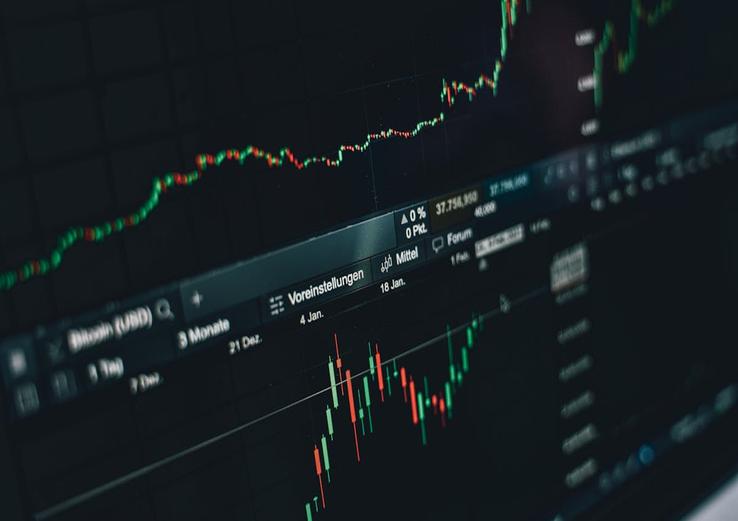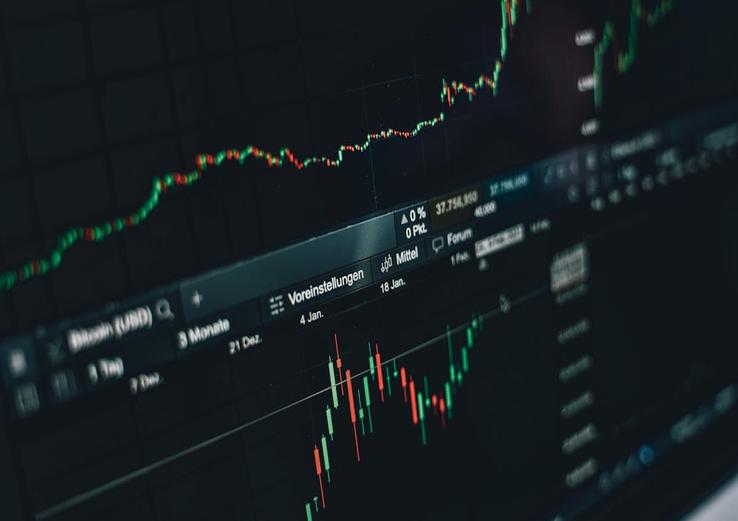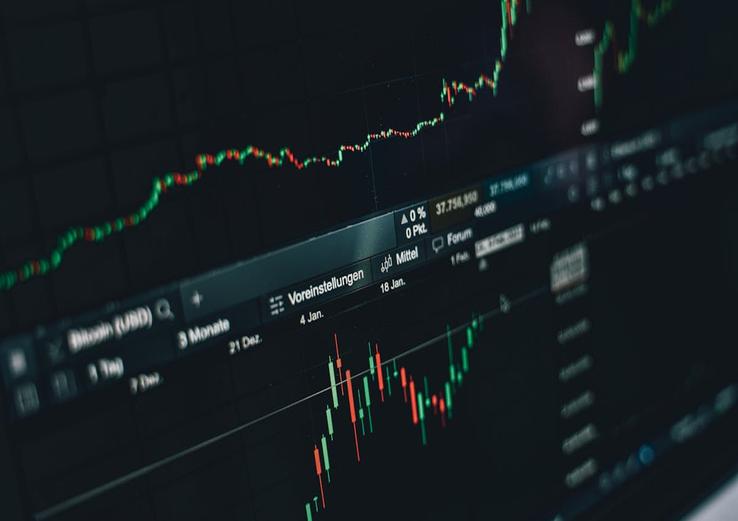
The Evolving Landscape of Flexible Plastic Packaging: Trends, Challenges, and Opportunities
The flexible plastic packaging market is undergoing a significant transformation, driven by changing consumer preferences, advances in technology, and increasingly stringent regulations. As the world grapples with the challenges of sustainability, waste management, and environmental conservation, the flexible plastic packaging industry is adapting to meet these demands. This blog post will delve into the current state of the flexible plastic packaging market, its competitive landscape, value chain, and trade analysis, providing insights into the trends, challenges, and opportunities that will shape the industry from 2025 to 2034.
The global flexible plastic packaging market is expected to experience steady growth over the next decade, driven by the increasing demand for convenient, lightweight, and cost-effective packaging solutions. The market size is projected to reach USD 200 billion by 2034, growing at a compound annual growth rate (CAGR) of 4.5% from 2025 to 2034. The Asia-Pacific region is anticipated to dominate the market, accounting for over 40% of the global share, due to the rapid growth of the packaging industry in countries such as China, India, and Japan. The competitive landscape of the flexible plastic packaging market is characterized by the presence of several major players, including Amcor, Berry Global, and Sealed Air, which are investing heavily in research and development to stay ahead of the competition.

One of the key trends driving the growth of the flexible plastic packaging market is the increasing demand for sustainable packaging solutions. Consumers are becoming increasingly conscious of the environmental impact of their purchasing decisions, and companies are responding by developing eco-friendly packaging materials and designs. Biodegradable plastics, recyclable materials, and minimal packaging are gaining traction, and companies that can adapt to these changing demands are likely to thrive in the market. For instance, companies such as Coca-Cola and PepsiCo are committing to using 100% recyclable packaging by 2030, driving the demand for sustainable packaging solutions. Another significant trend is the rise of e-commerce, which is driving the demand for flexible packaging solutions that can withstand the rigors of online shopping and delivery.
The value chain of the flexible plastic packaging market is complex, involving multiple stakeholders, from raw material suppliers to manufacturers, converters, and end-users. The market is characterized by a high degree of fragmentation, with many small and medium-sized enterprises (SMEs) operating in the industry. However, the trend towards consolidation is expected to continue, with larger players acquiring smaller companies to expand their market share and capabilities. The trade analysis of the flexible plastic packaging market reveals that international trade plays a significant role in the industry, with many countries relying on imports to meet their packaging needs. The United States, China, and the European Union are among the largest exporters of flexible plastic packaging, while countries such as India and Brazil are significant importers.

As the flexible plastic packaging market continues to evolve, companies will need to navigate a range of challenges, from regulatory pressures to changing consumer preferences. The impact of the COVID-19 pandemic on the market has been significant, with lockdowns and supply chain disruptions affecting the availability of raw materials and finished goods. However, the pandemic has also accelerated the growth of e-commerce, driving the demand for flexible packaging solutions that can meet the needs of online shoppers. To stay competitive, companies will need to invest in research and development, focusing on sustainable packaging solutions, digital printing, and innovative packaging designs. They will also need to develop strategic partnerships and collaborations to stay ahead of the competition and respond to changing market conditions.
The flexible plastic packaging market is at a crossroads, with companies facing significant challenges and opportunities in the years ahead. As consumers, governments, and companies prioritize sustainability and environmental conservation, the industry will need to adapt and evolve to meet these demands. With the rise of e-commerce, digital printing, and innovative packaging designs, the market is poised for growth and innovation, driven by the need for convenient, sustainable, and cost-effective packaging solutions. The next decade will be critical for the flexible plastic packaging industry, as companies navigate the complexities of a rapidly changing market landscape. The industry’s ability to respond to these challenges and opportunities will determine its long-term viability and success.
